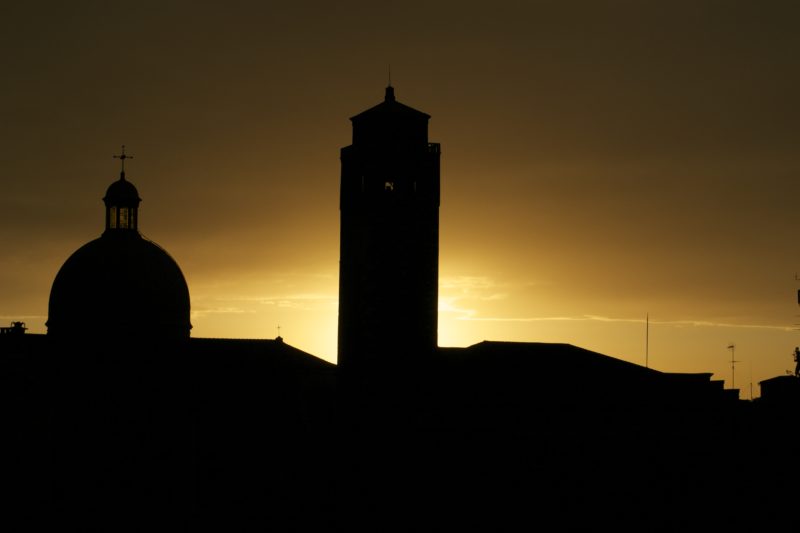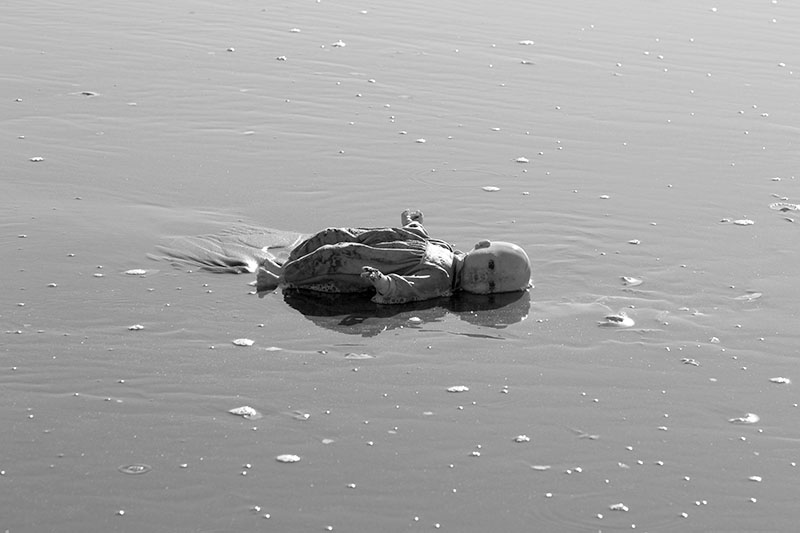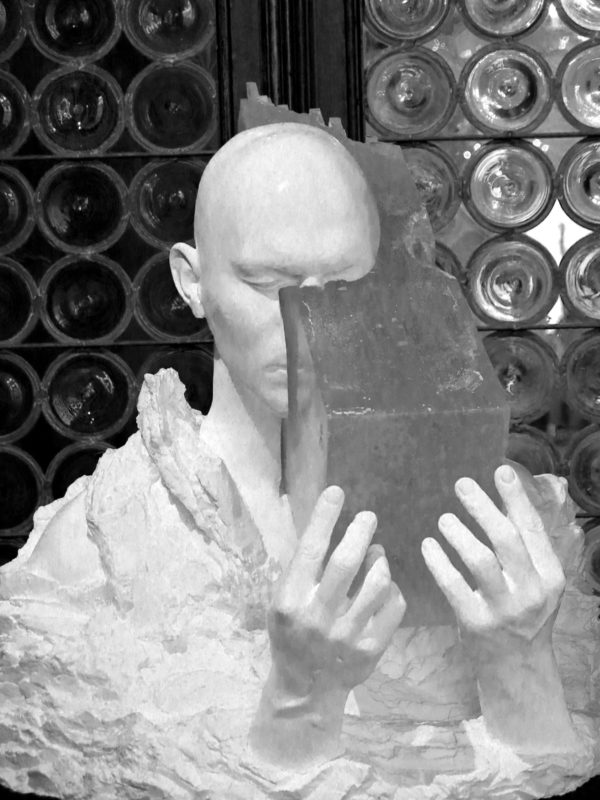Large numbers? Untold numbers of crumbs are on their way out – Passover starts tonight and the house undergoes some serious cleaning – well the kitchen does, and the shelf next to my bed that harbors my stash of cookies, candies, almonds and chocolate bars – all the things necessary to make it as a consistent blogger….
Pesach requires a house free of Hametz, leavening that makes things rise, yeast for bread etc. Many complicated rules for both food and utensils that come in contact with food are part and parcel of the Passover holiday. We don’t take it as seriously as more conservative Jews would do, but make an effort toward some mindful choices. We eat Matzoh instead of bread for the 7 day duration, flour-based cookies and cakes are out, as are soft drinks and sweets that are made with corn syrup (don’t ask.) And I clean the kitchen. Which probably is essential to our continued survival anyhow, if you know my kitchen.
Some rabbis suggest that the leaven transcends the physical world. Hametz, then, symbolizes a “puffiness of self, an inflated personality, an egocentricity that threatens to eclipse the essential personality of the individual. Ironically, it is what prevents the individual from rising spiritually and moving closer to holiness.” Well I don’t intend to rise, spiritually or otherwise, much less aspire to holiness. But it would be nice to get a grip on an inflated sense of self, occasionally, put a check on narcissistic impulses. Passover makes that possible in many ways- including the fact that it is a holiday where the history of the exodus is taught in great detail so that subsequent generations understand, cherish and practice continuity of a way to interact with the world.
And since the holiday takes place during spring and is for me associated with renewal I chose photographs of harbingers of spring for today’s comments.
Chag Sameach – (which means happy holiday and thus could just as well apply to Easter. Save some of those chocolate eggs for me…)








































































































 Reading James Baldwin or Ta-Nehisi Coates we have probably all shared the stirring experience of an elder transmitting their insights, beliefs and warnings to a younger generation. Ghobash’s Letters to a Young Muslim follow that tradition and I look eagerly forward to reading it.
Reading James Baldwin or Ta-Nehisi Coates we have probably all shared the stirring experience of an elder transmitting their insights, beliefs and warnings to a younger generation. Ghobash’s Letters to a Young Muslim follow that tradition and I look eagerly forward to reading it. Peter Steinberger’s The Problem with God – Why Atheists, True Believers, and even Agnostics must all be wrong certainly had my head spinning when I first read it. I leave our dinner table conversations to your imagination…..
Peter Steinberger’s The Problem with God – Why Atheists, True Believers, and even Agnostics must all be wrong certainly had my head spinning when I first read it. I leave our dinner table conversations to your imagination…..